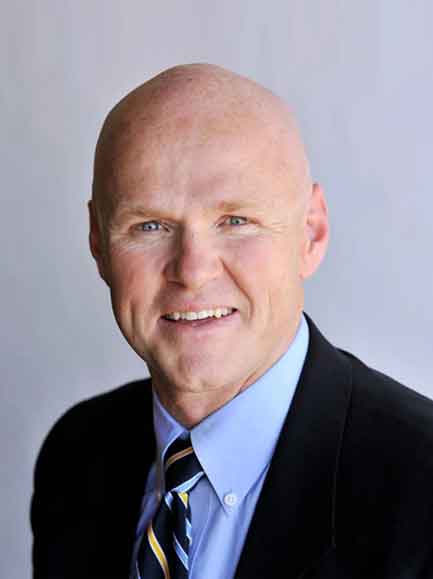 Unfortunately, some babies arrive in the world with foot deformities. One of the more common ones is called a clubfoot. This type of deformity affects approximately one birth out of 1,000 and in about 50% of cases both feet are affected (bilateral clubfoot). A clubfoot will twist inward because the tendons connecting the leg muscles to the foot bones are short and tight. This deformity is often so severe the sole of the foot is facing sideways or even upward. The deformity affects twice as many boys as girls. You can see photographs of clubfoot by clicking here.
Unfortunately, some babies arrive in the world with foot deformities. One of the more common ones is called a clubfoot. This type of deformity affects approximately one birth out of 1,000 and in about 50% of cases both feet are affected (bilateral clubfoot). A clubfoot will twist inward because the tendons connecting the leg muscles to the foot bones are short and tight. This deformity is often so severe the sole of the foot is facing sideways or even upward. The deformity affects twice as many boys as girls. You can see photographs of clubfoot by clicking here.
The short answer is yes. The majority of clubfoot cases in infants with no other medical problems can be successfully treated without surgery. Treatment typically includes a combination of stretching, casting, and bracing beginning shortly after birth. If the clubfoot is left untreated, the foot will remain deformed and the growing child will not walk normally, will develop painful calluses, be unable to wear shoes, and have lifelong painful feet that will severely limit activity. The basic treatment methodology to correct clubfoot can be divided into three parts as described below.
1. Stretching and Casting
The initial procedure for treating clubfoot is nonsurgical, however severe the deformity is. The most widely used technique for correcting a clubfoot is the Ponseti method, which employs gentle stretching and casting to gradually bring the clubfoot into the correct position. The clubfoot is gently stretched and maneuvered into a corrected position and then kept in place with a cast running from the toes to the thigh. This process of gradually stretching, re-positioning, and re-casting is repeated on a weekly basis until the foot is much improved. For most infants, significant improvement is achieved after about six to eight weeks.
2. Achilles Tenotomy
Following the several weeks of manipulation and casting, most babies will undergo a minor procedure called Achilles Tenotomy that is designed to release continued tightness in the Achilles tendon (heel cord). This is a quick procedure whereby a small cut is made in the tendon – no stitches are required. A new cast is then applied to the leg and left on for about three weeks to protect the healing tendon. When the cast is removed, the Achilles tendon will have regrown to a proper, longer length, and the clubfoot will have been fully corrected.
3. Bracing
Unfortunately, even after a successful correction with stretching and casting, a clubfoot exhibits a natural tendency to recur. To ensure that the corrected foot stays in the right position, the infant will need to wear a brace (known as “boots and bar”) for a few years. Bracing can place demands on parents, but it’s essential they commit to it to prevent relapses. For the first three months of bracing, the baby will wear the brace for all but one hour per day. Following this initial period, the time that the infant must wear the brace will gradually decrease to just overnight and nap time (about twelve to fourteen hours per day). Most children will need to wear a brace for three to four years. In an article forthcoming, I will discuss how to help your infant get used to wearing a brace.

 Unfortunately, some babies arrive in the world with foot deformities. One of the more common ones is called a clubfoot. This type of deformity affects approximately one birth out of 1,000 and in about 50% of cases both feet are affected (bilateral clubfoot). A clubfoot will twist inward because the tendons connecting the leg muscles to the foot bones are short and tight. This deformity is often so severe the sole of the foot is facing sideways or even upward. The deformity affects twice as many boys as girls. You can see photographs of clubfoot by
Unfortunately, some babies arrive in the world with foot deformities. One of the more common ones is called a clubfoot. This type of deformity affects approximately one birth out of 1,000 and in about 50% of cases both feet are affected (bilateral clubfoot). A clubfoot will twist inward because the tendons connecting the leg muscles to the foot bones are short and tight. This deformity is often so severe the sole of the foot is facing sideways or even upward. The deformity affects twice as many boys as girls. You can see photographs of clubfoot by 